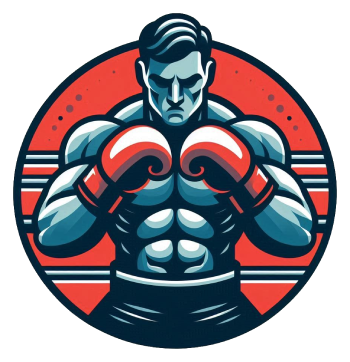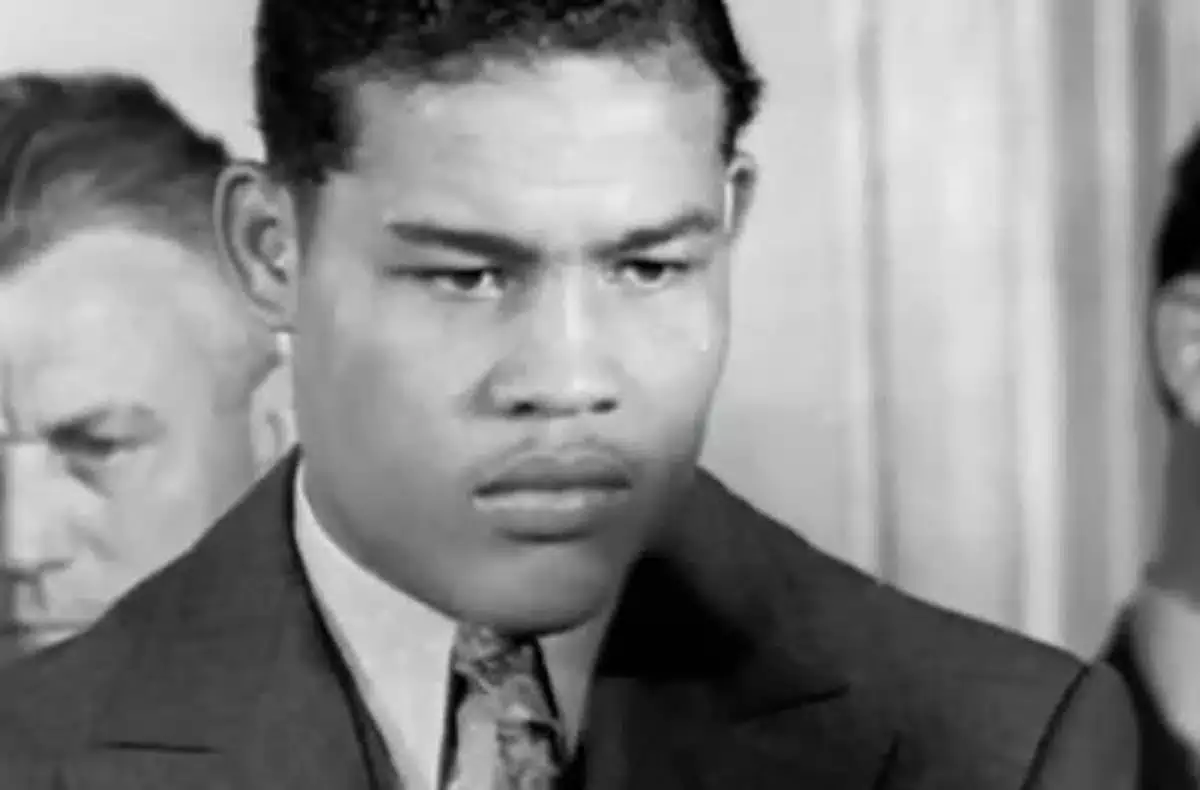Boxing is more than just a sport; it’s a raw display of human emotion, history, and confrontation. Few embody this truth better than Teddy Atlas, a celebrated figure in the realm of boxing, known for his candid opinions and intense delivery. Recently, during an episode of his podcast, “The Fight,” Atlas presented a list of the top ten greatest heavyweights of all time. With his characteristic fervor, he invites us into a debate that has bound boxing enthusiasts for generations, pushing us to reconsider not just who these greats are but what they truly represented within the ring and beyond.
The Critique of Past Greats
Atlas opens the discussion with none other than Lennox Lewis at the tenth spot. Lewis, a two-time heavyweight champion, faced significant hurdles, including setbacks that involved being knocked out by Oliver McCall and Hasim Rahman. Atlas emphasizes the significance of Lewis’s comebacks, highlighting how the ability to rise after such losses speaks volumes about an athlete’s character. Yet, it raises a critical question: do comebacks from defeat define greatness, or do they merely reflect resilience? Lewis’s career is undoubtedly marked by brilliance, but is that enough for him to warrant a place in the upper echelon of heavyweights?
Shifting gears, we find ourselves with Larry Holmes. Renowned for arguably having the best jab in heavyweight history, Holmes’s prowess allowed him to dominate opponents in a time when technique often overshadowed brute force. Atlas’s assertion about Holmes possibly being that close to becoming an undefeated champion raises further discourse about the agonizing margins that define greatness in sports. Is the mark of a champion determined solely by wins, or do the mechanics of a fighter’s skill play a pivotal role in designating their legacy?
The Daring Spirit of Boxing
Jack Dempsey finds a spot at number eight, with Atlas showcasing the awe Dempsey’s era inspired. Dempsey was more than just a fighter; he was a cultural icon whose bouts transcended the boundaries of traditional sporting events. Atlas’s brashness in inviting challenges to this ranking prompts reflection on how public perception and cultural significance play into the legacy of an athlete. Dempsey’s place is a testament to how the fervor surrounding an athlete can often amplify their status in the historical narrative, even in the face of modern analytical scrutiny.
Then we have Gene Tunney, an unusual character in the annals of boxing who approached fighting not merely with brute force but through intellectual prowess. Atlas describes Tunney as someone who performed both physically and mentally in the ring, a dynamic that invites us to reconsider how intelligence can translate into athletic success. How does the mental aspect of boxing contrast with physical intimidation? Atlas’s inclusion of Tunney challenges boxing enthusiasts to broaden their definitions of what constitutes greatness in athletes.
Additions and Omissions in the Heavyweight Discussion
Positioning George Foreman at number five captures the essence of a fighter whose career had two distinct phases—an idea that Atlas poetically likens to reincarnation. Foreman’s two lives as a fighter and an entrepreneur add layers to his persona, prompting reflections on legacy beyond the ring’s confines. In what ways does a fighter’s life outside the sport contribute to their overall stature? This contemplation allows for an exploration of greatness that may extend further than mere wins and losses.
Rocky Marciano follows at number four. Atlas paints him as an underappreciated genius whose in-ring decisions demonstrated unparalleled instinct. His famous victory against Jersey Joe Walcott exemplifies Marciano’s strategy and adaptability, pushing the discussion toward the idea of innovation in fighting techniques. Marciano challenges the notion of heavyweight fighters as one-dimensional brawlers, demanding that discussions about greatness include the nuances of strategy and tactical execution.
At the zenith of the list lies Joe Louis, a monumental figure in boxing whose legacy transcends race and nationality. Atlas marvels at Louis’s historic Second World War backdrop, where he fought not just for titles but as a symbol of hope against oppression. Louis’s complex legacy as “the baddest man on the planet” offers a rich ground for examining how historical contexts shape the legacies of sports figures. What does it mean to possess greatness when intertwined with personal and collective struggles?
The Emotional Pulse of Boxing Conversations
Last but not least is the controversial case of Muhammad Ali, sitting at number two, whose name evokes strong feelings of admiration and debate alike. Atlas acknowledges the dichotomy of Ali’s skills—speed, chin, and charisma—positioning him among the legends of the sport. But his relatively lower ranking in this list raises eyebrows and stimulates discourse around the nature of boxing accolades: is it only about performance, or should elements like impact and cultural resonance factor in?
In a stove-piped world of rankings and lists, Atlas knows that boxing’s history invites unending discussions about legacy and greatness. In declaring Sonny Liston as an ‘=’ between the greats, he reminds us that acknowledgment does not always translate into celebration; sometimes, the narratives we weave are just as vital as the victories chalked onto the record books. The dialogue on Boxing’s greatest heavyweights is far from settled, and in the fiery exchanges ignited by Atlas’s list, the pulse of the sport continues to beat vibrantly in the hearts of fans and commentators alike.


Leave a Reply